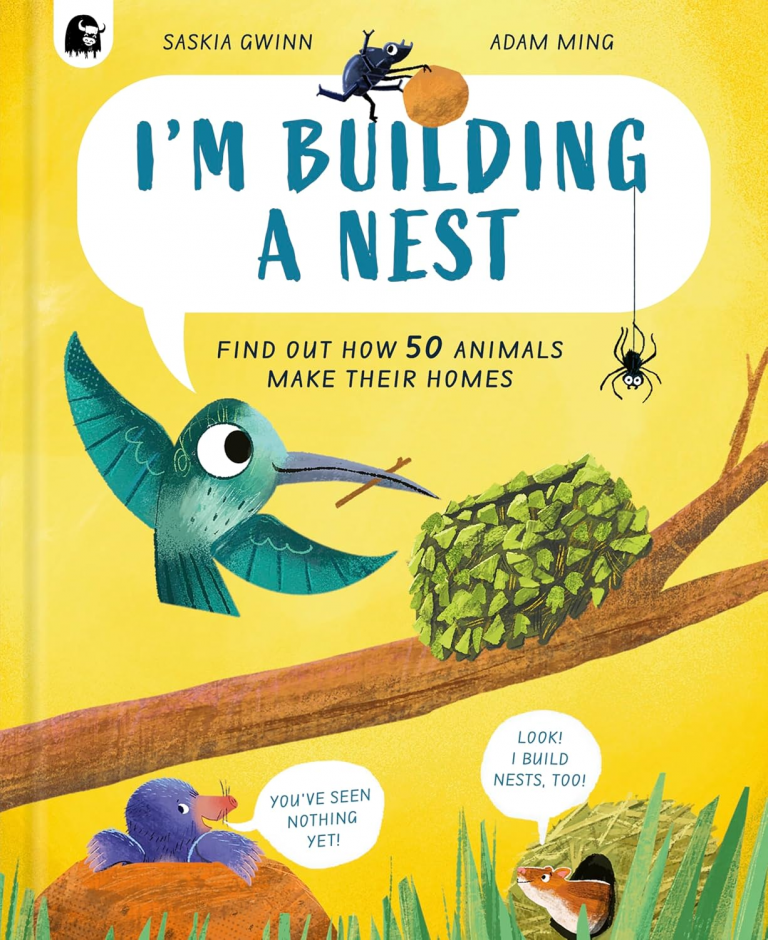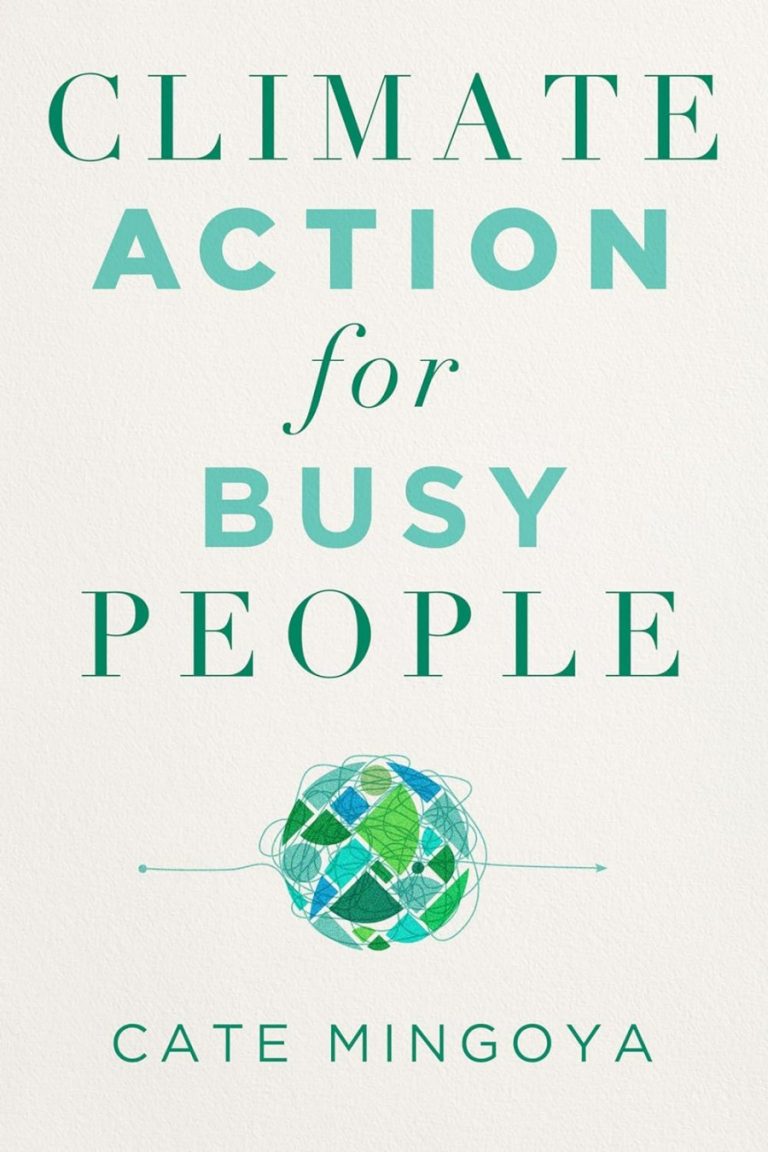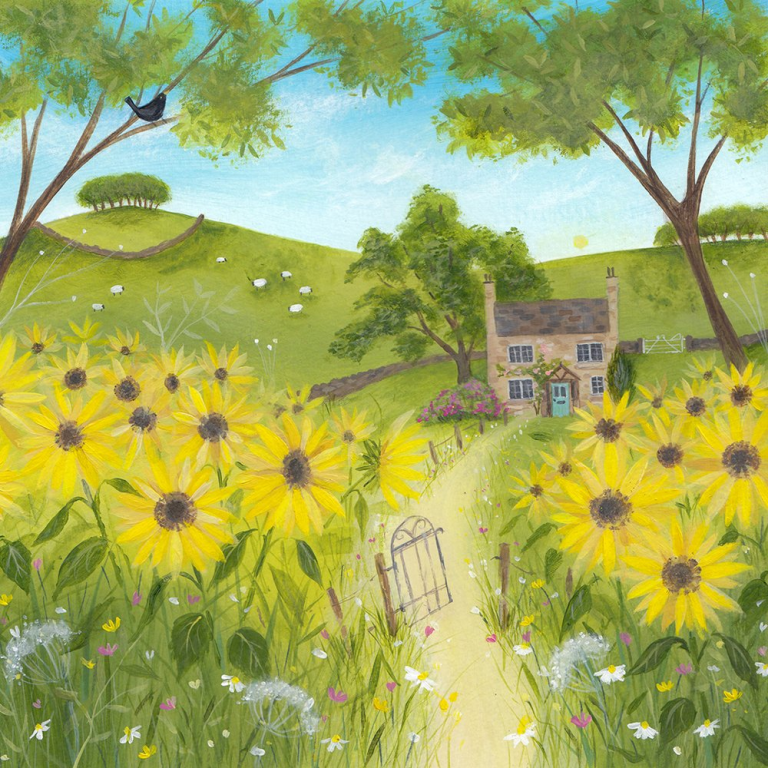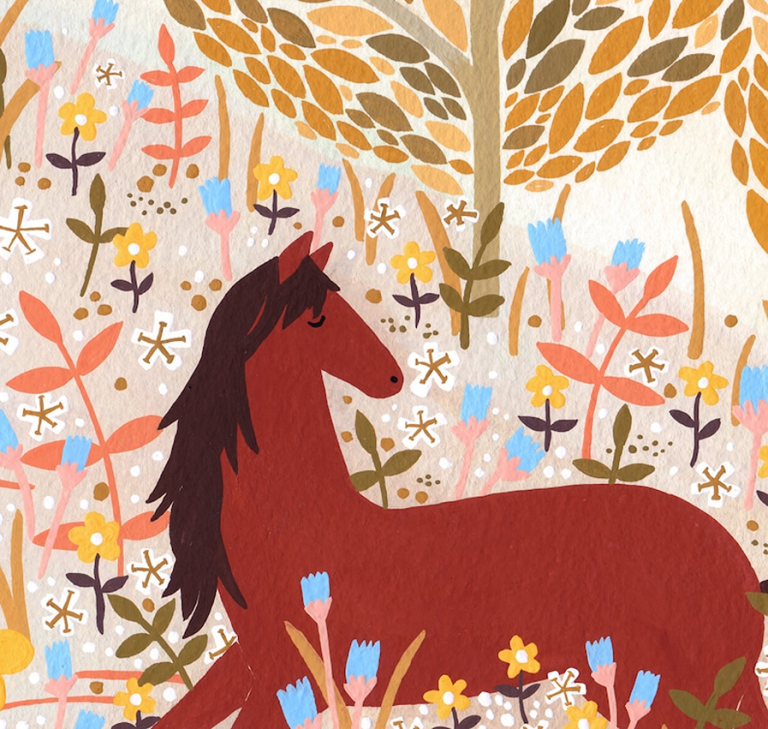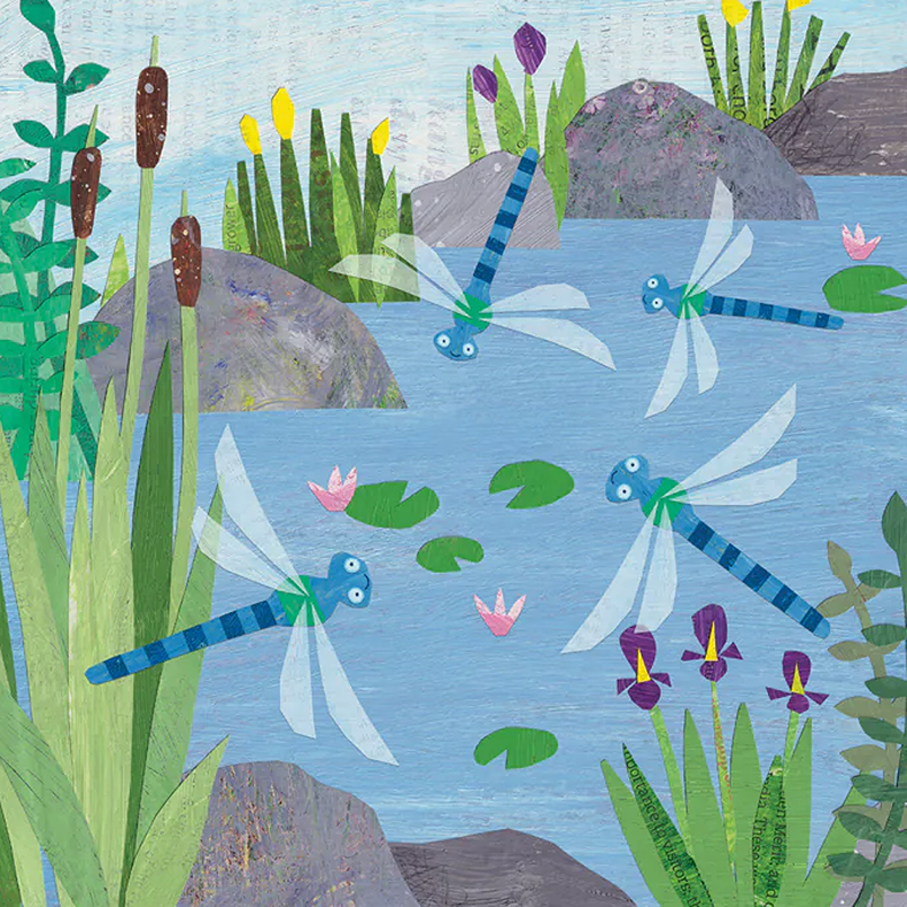
As natural ponds have disappeared due to building and urban farming, many birds and wildlife now rely on wildlife-friendly garden ponds for food and shelter. But it’s important to get this right (avoiding dangerous netting, ensuring ponds have sloping sides to prevent drowning, and knowing how to safely maintain your pond, without chemicals.
Many creatures benefit from wildlife-friendly ponds. From dragonflies and damselflies to beetles. But especially for amphibians, that needs ponds for breeding (many frogs and toads will cross roads to find ponds, which is why they are in danger of road traffic).
If there are no nearby ponds, amphibians will find puddles, buckets or unsafe open barrels of water.
Keep children and pets away from garden ponds (read our post on pet-friendly gardens to know toxic plants to avoid).
Ideally, site ponds in partial sun (not under trees) with washed large stones as ‘natural ramps’ to prevent drowning. Fill your pond with oxygenated plants and use quality water butts (with child/pet safe locks) to fill ponds with rain water (not tap water).
Ponds will attract any creature that drinks, so be sure to also leave ‘messy areas’ with logs etc, to offer safe hiding and hibernating spots for frogs to hedgehogs (to avoid them hiding under wheelie bins or greenhouses.
Don’t knock sheds down in spring, until you’re sure the tiny patter of hogs have departed). This is around 8 weeks after birth, but climate change is affecting breeding times.
Larger wildlife ponds may attract ducks, birds and grass snakes (excellent swimmers). For tiny spaces, consider a mini-bog garden.
See below for info on deterring herons from eating fish in ponds (spoiler: you won’t, that’s the risk you take).
Tips to Build a Wildlife Pond
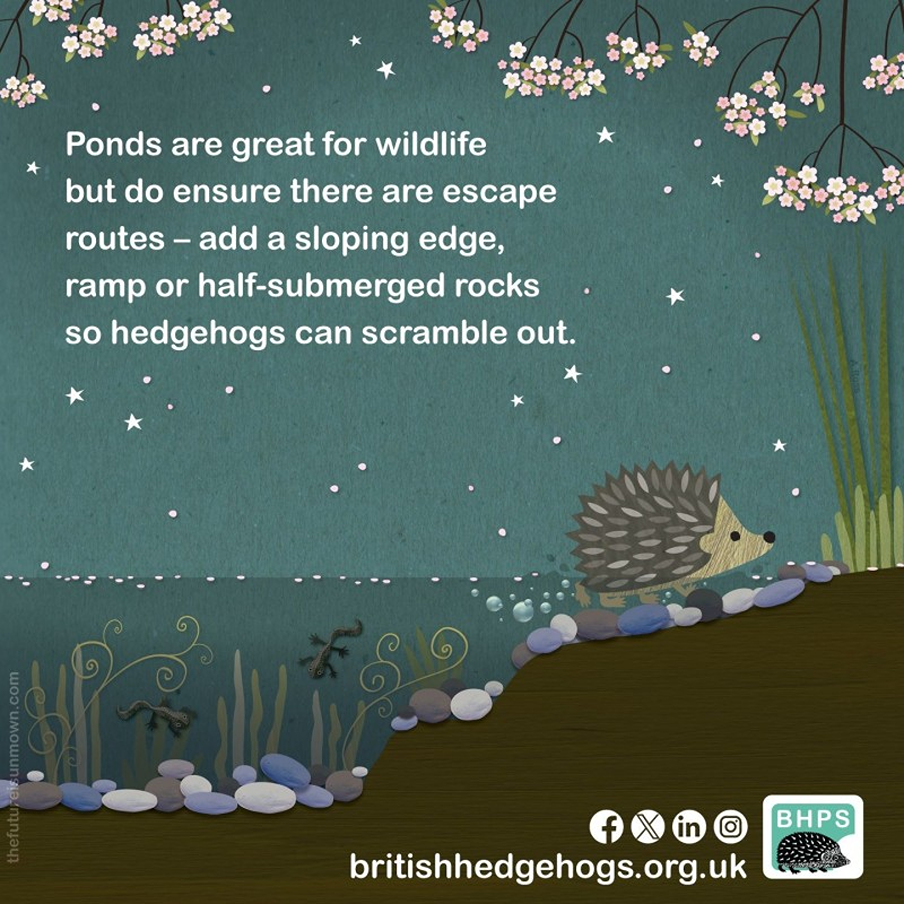
- RHS has a fantastic suite of pages on how to build and maintain ponds and wildlife ponds (with wildlife protection system).
- Delay pond maintenance until September/October (when froglets have left, before common frogs arrive to hibernate).
- For urgent work, place amphibians in a suitable container with pond water, then return them (tadpoles remain in ponds over winter).
- If you move house, ask the new householders if they plan to upkeep the pond. If not, move amphibians to a neighbour’s pond with permission (not faraway, as this could transmit disease and invasive plants).
Simon King’s Wildlife Pond
Simon King’s Wildlife Pond (it costs around £400 but is guaranteed for 5 years) is made to order, designed by a wildlife expert. Small enough to fit most gardens, just sink the deep water section below ground level. The raised top lip curls up and over, to form a refuge for small creatures (and shelter amphibians from cold weather).
The bog garden shallows are perfect to add gravel, soil or marsh-loving plants, and the pond features aquatic planter pits (refuge for invertebrates and mini-beasts), secure ledges for emergent water plants and a deep water section, for small water creatures.
Books to Help You Build a Garden Pond
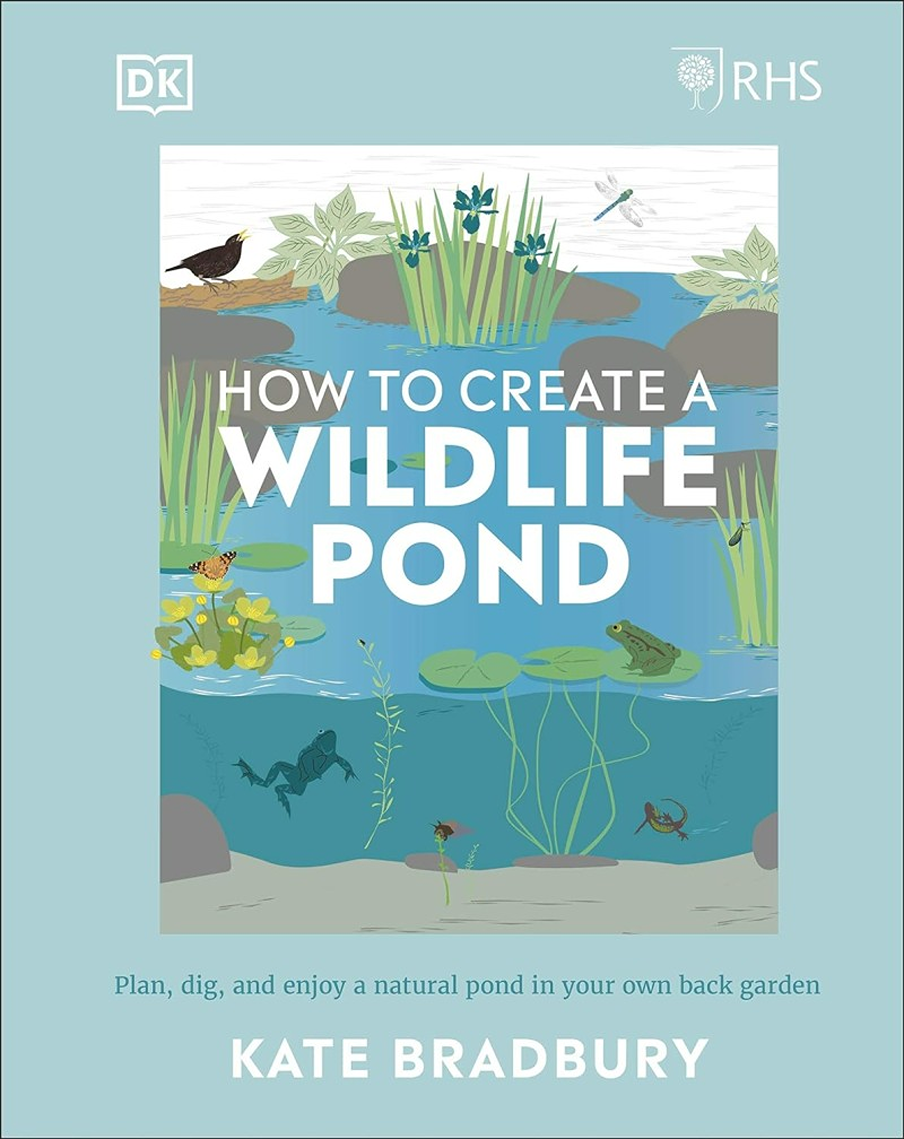
How to Create a Wildlife Pond is a beautifully illustrated guide to plan, create and maintain your pond (natural, container or formal). Learn which creatures will visit (and when) and plants that help ponds thrive. Also learn how to maintain your pond.
Building Natural Ponds is an American book (by a master gardener) for people who don’t want the mess of pipes, pumps, filters and chemicals.
It shows how to build a simple pond for dragonflies, frogs and songbirds, helps you understand pond ecosystems and natural algae control. Plus there are tips on scaling up to large ponds, pools, bogs and rain gardens.
How to Humanely Deter Herons from Ponds

Herons kill fish and ducklings, you may have to accept it’s nature. Dummy herons rarely work (herons hunt together). And heron deterrent discs have holes, in which hedgehog spikes could get caught.
Netting can trap birds and wildlife.
Two possible solutions are tall plants at the edge (to obscure views of fish) and a solar fountain to agitate the water (so herons are less likely to see fish).

